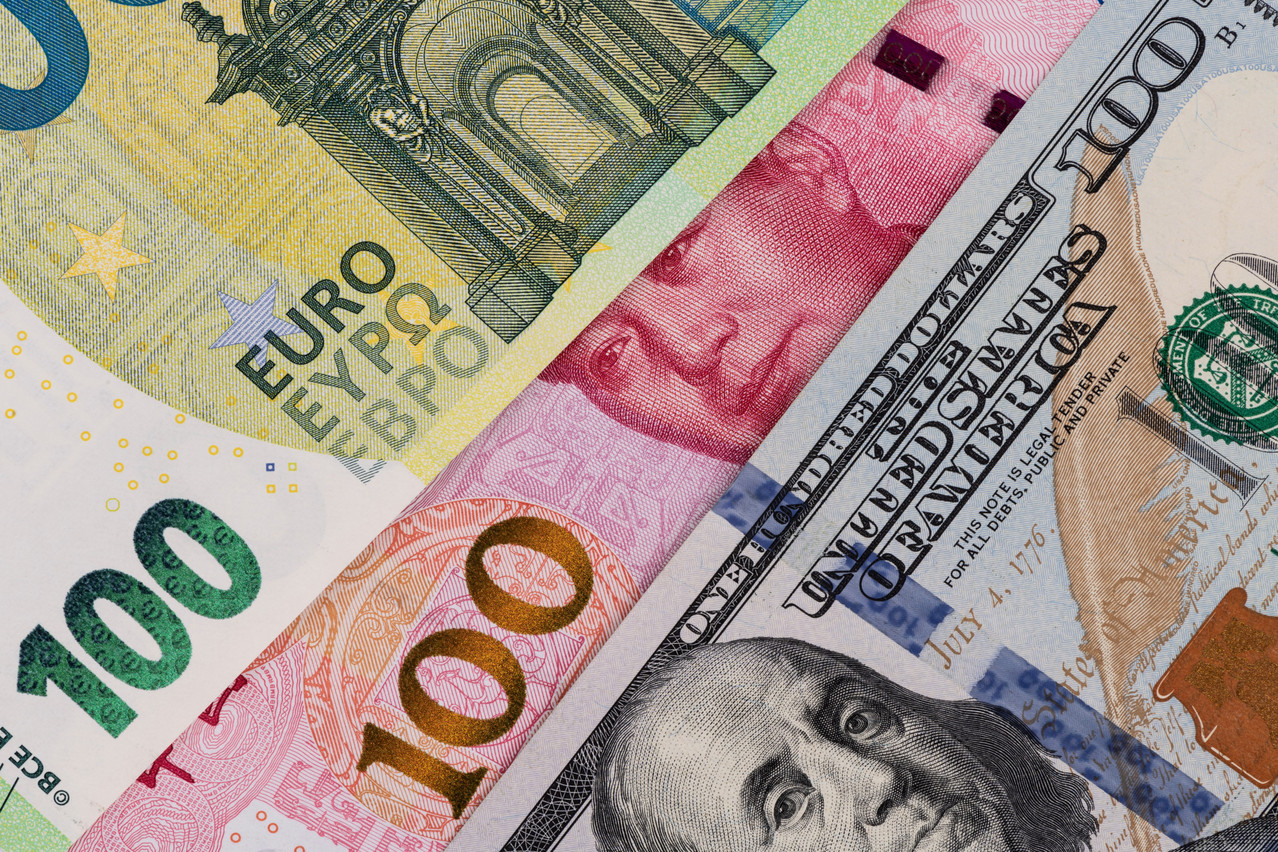The intensifying trade dispute between the United States and China provided unexpected support to the euro, which gained ground against both the US dollar and the Chinese renminbi. As global market confidence faltered in response to the rapidly escalating tariff conflict, investors pivoted from the greenback, allowing the euro to benefit from relative strength and its perceived status as a stable alternative in an increasingly unstable trade environment.
Year to date, the euro strengthened 4.63% against the dollar and 5.34% against the Chinese yuan, data from the European Central Bank shows.
Tariffs ratchet up, shaking investor confidence
The trade conflict entered a more offensive phase as the United States moved ahead with sweeping tariff increases. President Donald Trump implemented an additional 50% tariff on Chinese imports, despite growing concerns about financial market instability. The new measures came into effect at midnight on Wednesday 9 April 2025, without a last-minute reprieve from the White House. Beijing vowed to impose retaliatory measures of its own.
This sharp escalation marked a decisive break from decades of economic liberalisation and raised the risk of a permanent reshaping of global trade dynamics. As faith in international supply chains diminished, foreign exchange markets saw a sharp uptick in volatility, particularly across the G10 and emerging market currencies.
EUR/USD gains
In the currency markets, the euro-dollar pair (EUR/USD) rallied back above the 1.09 mark. The euro’s strength was not driven by improving eurozone fundamentals--which remain subdued--but rather by increasing weakness in the US dollar. Analysts expect that the euro, as the world’s second most liquid currency and a preferred option for foreign exchange reserves, stood to benefit further from any erosion in confidence in the dollar.
Controlled yuan depreciation
At the same time, China’s currency management took centre stage as a critical part of its strategy. The People’s Bank of China (PBOC), which tightly controls the daily reference rate for the yuan--within which the onshore yuan (CNY) can fluctuate by a maximum of 2%--set the USD/CNY fixing at 7.2066. This marked the fifth consecutive upward adjustment, interpreted by markets as Beijing’s way of cushioning the blow of rising tariffs through a controlled depreciation of its currency.
The CNY/EUR pair, now trading above the 8.00 mark, is likely to make Chinese goods cheaper for the euro area. CNY refers to the onshore yuan, which is traded domestically under strict regulation, which ECB reports as well, whereas CNH is the offshore version that trades more freely in international markets, such as Hong Kong.
EUR/CNH spikes
Offshore currency markets reacted with notable volatility. The USD/CNH pair spiked above 7.400, widening the spread between CNH and CNY beyond 1%. Although Chinese state banks reportedly intervened by selling US dollars to defend the yuan, the move suggested authorities were prepared to tolerate a weaker exchange rate to buffer the impact of the trade shock.
At last check on 9 April, CNH was trading at 7.38 per US dollar, approximately 0.5% weaker than the onshore yuan. The one-week CNH-implied yield remained at just 2%--well below the 5% levels historically seen when authorities attempted to suppress speculative volatility. This signalled that Beijing had not yet opted for aggressive liquidity tightening and may be open to letting USD/CNH climb further beyond the 7.40 level, especially if it helps offset tariff-related damage to China’s export sector.
Taken together, the shifting macroeconomic landscape highlights the euro’s surprising resilience and its emerging role as a relative safe haven. As investors reassess global exposure in light of the US-China trade war, the euro is benefitting from being seen as a neutral, liquid and stable currency--at least for the time being.
